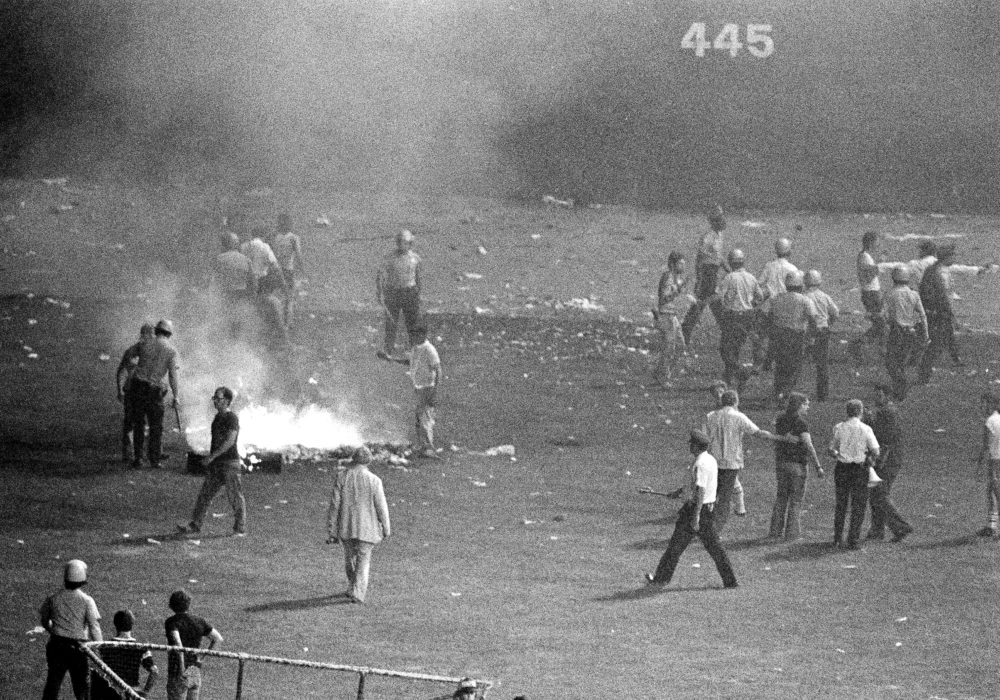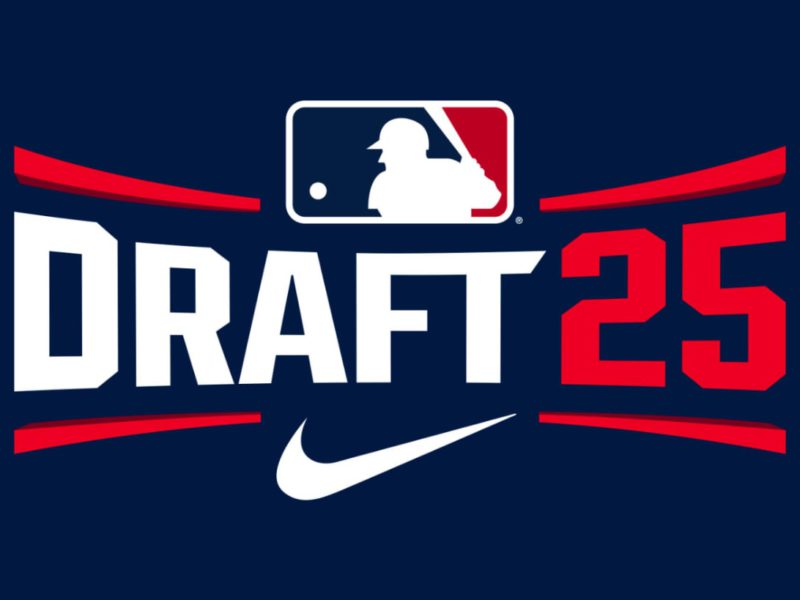Disco Demolition Night: The Rise and Fall of a Music Movement
In the annals of music history, there are moments that define an era, shaping culture and society at large. Disco Demolition Night, which occurred on July 12, 1979, at Comiskey Park in Chicago, Illinois, is one such moment. It was a seemingly harmless promotional event that morphed into a chaotic and controversial spectacle, revealing underlying tensions and divisions within society. This article delves into the events leading up to that fateful night, the explosive events that unfolded, and the lasting impact it had on the music industry and popular culture.

The Disco Craze: A Cultural Phenomenon
The late 1970s saw the rise of disco music, a genre that became synonymous with dance, glitter, and an escape from reality. Disco’s infectious beats and infectious rhythms dominated the airwaves and dance floors, captivating a diverse audience. With artists like Donna Summer, the Bee Gees, and Gloria Gaynor topping the charts, the disco movement swiftly transformed into a cultural phenomenon.
Disco’s rise was not only about music; it represented a broader cultural shift. As the world grappled with economic turmoil, political unrest, and the aftermath of the civil rights movement, disco provided an avenue for people to forget their worries and embrace joy and liberation. It became a soundtrack of unity and inclusion, bringing together people from diverse backgrounds in the shared experience of dance and celebration.
Enter Steve Dahl: A Rock Radio Rebel
In the midst of disco’s explosion, there arose a strong backlash against the genre, particularly among rock music enthusiasts. One prominent figure leading this anti-disco charge was Steve Dahl, a radio disc jockey at WLUP in Chicago. Dahl, who was fired from a top-rated rock station when it switched to a disco format, harbored resentment towards disco, which he perceived as shallow and lacking artistic integrity.
Fueled by his frustrations and a desire to regain his prominence in the radio industry, Dahl began a campaign against disco. He cultivated a “Disco Sucks” mentality and used his platform to express his disdain for the genre openly. As his popularity grew, he found an opportunity to take his crusade against disco to another level – Disco Demolition Night.
Disco Demolition Night: The Event
The Chicago White Sox, struggling to fill seats at Comiskey Park, decided to host a promotional event to attract more fans. The plan was simple: Dahl, with the support of the White Sox management, would lead a disco record burning ceremony in between the doubleheader game against the Detroit Tigers. Attendees who brought a disco record would gain admission for just 98 cents (the price of a single) and be able to participate in the destruction of the records.
The organizers expected a few thousand attendees, but what happened next was beyond their wildest imagination. As the stadium filled to its capacity of over 50,000 people, with thousands more outside, the atmosphere grew increasingly tense. As the records were stacked at the center of the field, the crowd erupted into a frenzy of anger and excitement. Chants of “Disco Sucks” filled the air, and the mood became charged with hostility.
The Unraveling Chaos
As the records were set on fire in center field, the crowd’s energy reached a boiling point. Fans began throwing firecrackers, beer bottles, and other debris onto the field. The situation spiraled out of control as fans rushed onto the field, tearing up the grass and turning the baseball diamond into a mosh pit. The riot police were called in to restore order, but the chaos continued for hours.

In the end, the White Sox had to forfeit the second game of the doubleheader due to the irreparable damage to the field. Over 39 people were arrested, and numerous others were injured. The event, intended to be a fun promotional gimmick, turned into a dark chapter in the history of American sports and music.
Aftermath: The Impact of Disco Demolition Night
Disco Demolition Night had far-reaching consequences that extended beyond the events of that evening. While some viewed it as a harmless expression of frustration, others saw it as a blatant act of cultural intolerance. Many connected the backlash against disco to underlying racism and homophobia, as the genre had strong roots in Black and LGBTQ+ communities.
The fallout from the event was not limited to social and cultural realms; it also had significant effects on the music industry. As disco’s popularity waned after the demolition night, radio stations and record labels began distancing themselves from the genre. Some disco artists struggled to find work and recognition, and many were forced to reinvent themselves or shift their musical styles.
In its wake, the music industry witnessed a rise in the new wave, punk, and rock genres. The anti-disco sentiment paved the way for the “Disco Demolition Movement,” which, in essence, was a reaction to what was perceived as a bloated and overcommercialized music industry. Disco’s decline and the subsequent diversification of musical tastes marked a fundamental shift in the music landscape that continues to influence contemporary trends.
Legacy: The Lessons of Disco Demolition Night
Looking back on Disco Demolition Night, it is crucial to acknowledge its multifaceted legacy. On one hand, it serves as a stark reminder of the dangers of cultural intolerance and the consequences of blindly following mob mentalities. The event exposed the underlying prejudices and divisions that were simmering beneath the surface of society, with disco becoming a convenient target for those seeking to express their frustration.
On the other hand, Disco Demolition Night demonstrated the power and influence of music in shaping society and collective consciousness. It showed how a simple radio DJ’s crusade against a musical genre could have such a profound impact on popular culture and the trajectory of music history.
In conclusion, Disco Demolition Night remains a moment of both fascination and contemplation. It was a time when music became a battleground for cultural tensions, showcasing the potential consequences of blindly following populist sentiments. It also reminds us of the transformative power of music and its ability to shape society’s values and beliefs. As we reflect on the events of that night, let it serve as a cautionary tale and a reminder to embrace the diversity of musical expressions and appreciate the various ways music enriches our lives.




